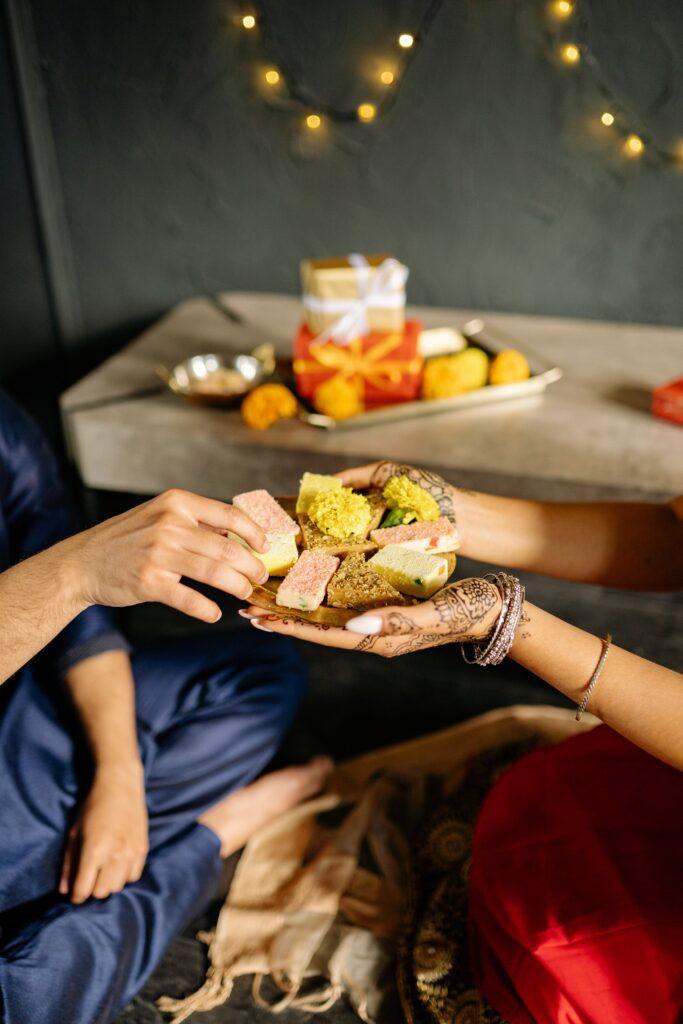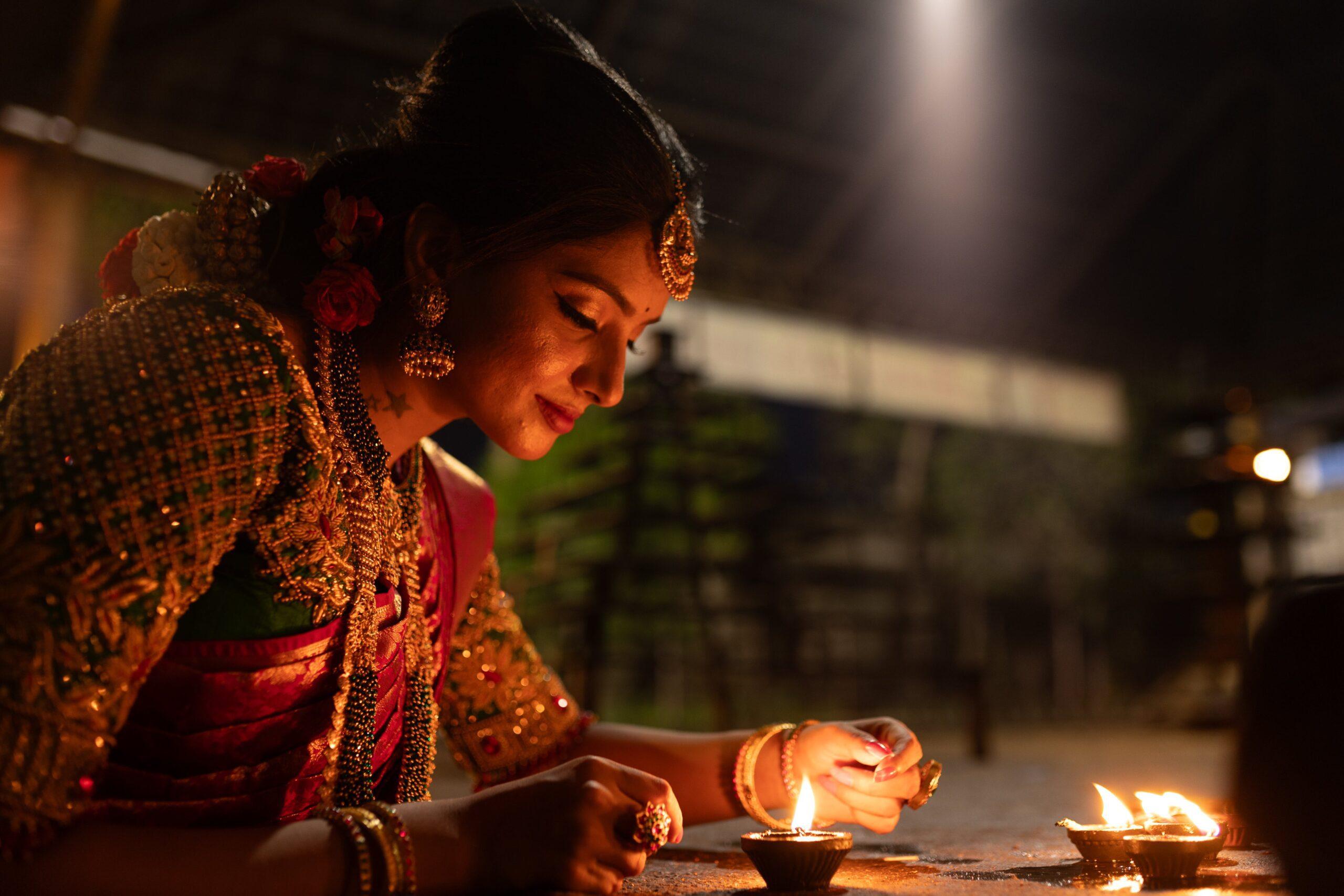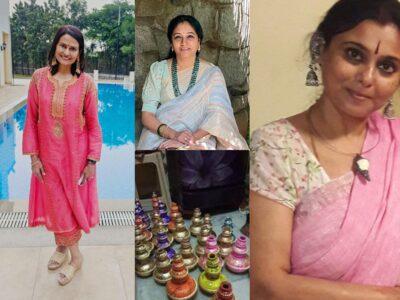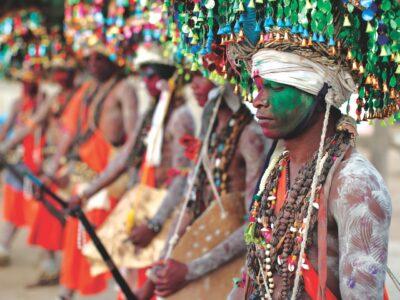Diwali in India – a sneak peek at the rich heritage of Indian Culture through the lens of Diwali in a country where rituals may vary while in spirit it is still the celebration of good over evil, writes Kanchan Agarwal
Diwali or Deepavali is prominently celebrated by Hindus, also coincidentally by Sikhs, Jains and Newar Buddhists of Nepal owing to the variance in their cultures, and mythologies, though for each religion, the festival of Diwali marks the celebration of this theme of life — that good triumphs over evil. The celebration is evidently symbolised by lights that people use to decorate their homes and workplaces. The rows of lights — which were traditionally held in pots of clay — with the passage of time have come to include alternatives such as decorative electrical lights and wax candles, or other eco-friendly options.
Hindus observe Diwali for a total of 5 days. Ironically, however, the main event of Diwali is celebrated on what is considered as the darkest night in the Hindu Lunisolar Calendar, making way for a new phase to begin

Diwali marks the end of monsoon, and the beginning of harvest season. Hindus observe Diwali for a total of 5 days. Ironically, however, the main event of Diwali is celebrated on what is considered as the darkest night in the Hindu Lunisolar Calendar, making way for a new phase to begin; it is the night of transition of the “ashwin” month to the “kartik” month according to the Hindu Lunisolar calendar.
Diwali is celebrated across India. In the mythology of Hindu religion, the festival is linked with a specific event in the story of Ramayana, which is rooted in the concept of Dharma, and remains relevant to the modern day hustle of daily life. As popular legend goes, it was on the day of Diwali that Lord Rama had returned to his kingdom Ayodhya after an exile of 14 years spent in a life of simplicity with his faithful companions — Sita, Lakshman and Hanuman. People of his kingdom revered him for his epic triumph over Ravana, with his choices in alignment with dharma. Diwali broadly signifies the transition between endings and new beginnings, and those who celebrate it, share the joyous occasion with friends and family with gifts and also use it as a way to revive their relationships including business networks.
Each day of the 5-day festival includes rituals that hold a divine and unique cultural significance
 Day 1: Dhanteras:
Day 1: Dhanteras:
It is observed on the thirteenth night of the dark fortnight of ashwin (amanta tradition) or kartik (purnimanta tradition); the term teras means thirteenth. The term dhan means wealth. On this day, Hindus declutter their houses, and purchase new jewellery, utensils, firecrackers and home appliances, while consciously avoiding items of glass, iron and steel. The term also refers to the god of ayurveda Dhanvantari, an icon of health and healing. It is common to perform the ritual of havan on this day, or Yama Deepam, which is to simply light a diya facing south at the back of the house, with the motive to please Yama, the god of death, to prevent an untimely death. Sweets like batashas are offered to Lord Ganesha and Goddess Lakshmi. It is also the day people try to buy atleast a small quantity of gold, which is said to bring good luck and wealth.

Day 2: Choti Diwali:
The day after Dhanteras, commonly known as Choti Diwali, is also variably observed as Naraka Chaturdashi, Roop Chaudas and Hanuman Puja in different cultures. Some perform Yama Deepam on this day instead of on Dhanteras. Naraka (means hell in hindi) Chaturdashi signifies an auspicious day to pray for the afterlife liberation of souls suffering in hell. Some women enjoy this day as Roop Chaudas by lighting a diya and grooming themselves before sunrise with a traditional face pack made with gram flour and herbs, believing it to be an auspicious day to enhance their beauty. This fourteenth night of the ashwin or kartik fortnight is observed as Hanuman Puja for two reasons — as it coincides with Kali Chudas when evil spirits are believed to be active in the realm of the living, and thus, believers pray to Lord Hanuman — the symbol of strength and protection; the second reason is that Lord Rama, grateful for Hanuman’s devotion, had blessed Hanuman to be worshipped before himself. On this day, traditional sweets made with rice flour, semolina and chickpea flour are purchased. In south India – especially Karnataka, Tamil Nadu & two Telugu states the day is heralded by burning crackers first thing in the morning.

Day 3: Diwali:
The last night of the dark fortnight, Diwali is when the 5-day festival is at the pinnacle. People of Hindu, Jain and Sikh religions illuminate the parapets of their homes, temples and workplaces with rows of lights, and thresholds of doors with flowers. In the hours of dusk, families, including the Newar Buddhists of Nepal, adorn new garments and gather to offer prayers to Goddess Lakshmi, the symbol of wealth and prosperity, welcoming her to their newly cleaned homes. As Diwali also symbolises the victory of knowledge over ignorance, Goddess Saraswati is also offered prayers. Jains observe Diwali in the memory of Mahavira’s transition to Nirvana. It coincides with Kali Puja on which the Bengali Hindu Community worships Kali, the goddess of war. Families visit each other, exchange greetings and sweets, and revel in the washing away of evil and the sprouting of new beginnings.
Day 4: Govardhan Puja:
The first day of the bright fortnight, the day after Diwali is observed as Govardhan Puja. According to the Hindu Lunisolar Calendar, it is the first day of the New Year in some communities – for example the Marwari community. To celebrate this day, people bathe before sunrise, visit temples and purchase good things of life, like salt and grains.

Day 5: Bhaidhuj:
On the fifth day, brothers visit their sisters, in the same spirit as Raksha Bandhan, while sisters perform tilak and offer a prayer for the protection and well-being of their brothers. Historically, sisters would invite their brothers to celebrate the bountiful harvest of the year with the whole family.
While the many stories and traditions associated with Diwali are fascinating and empowering, the extravagant festival has come to be associated with extended festivities of innovative social gatherings and shopping festivals in the 21st Century. Most people celebrate it as per their convenience, and cultural preferences, and it remains a universal symbol of the dance of yin and yang. The festival has also garnered worldwide recognition by people of all religions with the successful emigration of Indians, and that is a true sign of the victory of knowledge over ignorance.
< Read More >

















Pingback : Three cultures, three unique ways to celebrate Diwali | FridayWall Diwal